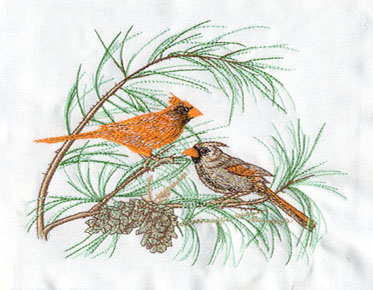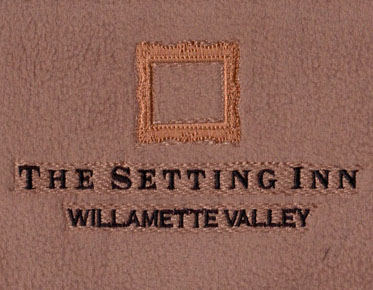Introducing Tatami Stitch on Embroidery Digitizing
Tatami stitch is a embroidery
technique that offers a beautiful look to your design. Tatami stitches can be
used to fill the large shapes and selected horizontal split lines. The best way
to use tatami stitch is when the design shape is more than 1cm. We provide
quality tatami stitch embroidery digitizing services that are sure to meet your needs and budget. Get in
touch with us today to know more.
The word tatami comes from the verb
tatamu, which means "to fold" or "to pile up." This means
tatami MATS are thin and can be folded or layered with pilling when not in use.
Basically, tatami MATS are aristocratic glamour objects. Tatami come from the heain,
when the neo-electric architecture of aristocratic homes was put to an end.
During the Kamakura period, samurai
and shepherds awakened the Shion-zukuri architectural style houses for their
rise to power. This architectural style continued at its peak during the
Muromachi era, when tatami MATS were gently widened and small rooms were opened
throughout the room. A room fully covered with tatami MATS begins to understand
Zahiki, and the rules of seating and civilization determine the arrangement of
tatami MATS in the room.
It is said that before the mid-16th
century, ruling aristocratic samurai lay on tatami MATS. When everyone is using
hay thatch MATS or loose straw for bedding. Tatami became widespread in the
late 17th century and reached its peak in everyone's home.
There are rules about the number of
tatami and the layout of tatami in the room. During the Edo period, the
"auspicious" and "inauspicious" tatami recipes were
separated, and the tatami would be regrouped appropriately according to the
timing. The general use of modern "auspicious" layout. In this
configuration, the tatami meetings form a "T" shape. In the
"unlucky" session, the tatami has a raster pattern, so the joints
form an "a+" shape.
Whatever the tatami, it can be
replaced with a few simple properties. The patterns in the figure above are
created by organizing some basic Settings. All of this can be found in the 2
tabs of the object properties box. Block tatami stitches are made from rows of
stitches called stitch lines and counter stitch lines.
The difference between the ammo
spacing and the sutures, and the spacing between the two sutures.
The tatami setting also accepts
control of the offset of our needles for a more even tip or pattern effect. By
filling the tatami, we can distinguish the offset of each row to form the
pattern formed by needle penetration. We do this by adjusting the offset or
divider. Using random factors, we can sort out the divider pattern constructed
by regular needle entry and randomly distribute the stitches within the shape.
Tatami backstitching is the sound gradually used by every second row of stitches
in the filling of tatami.
The importance of tatami suture
Tatami stitches are basically used to
fill large shapes made up of rows and running stitches. The splice offset in
each row is used to tidy up the horizontal dividers. The thickness of tatami
stitches depends on the distance between each row of stitches.
Sometimes the rows are spaced upward
to create a more open patchwork for backgrounds and special effects. The
automatic reference base should be turned off when we increase the stitch
spacing. If it's too open, we might find travel runs and overlaps parts of the
loot.



